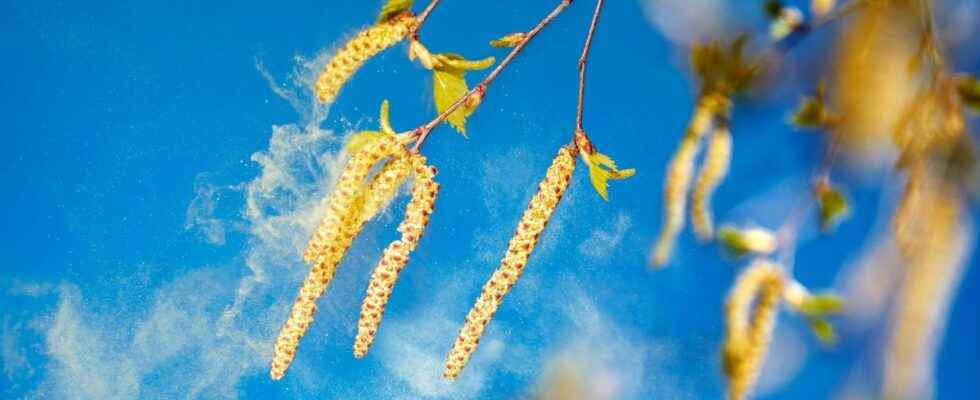Anemogamy is the transport of pollen by the wind. The term comes from Greek words, anemos meaning wind and gamos marriage. The botanists also speak of anemophilia, often synonymous with anemogamy; According to the Greek etymology, an anemophilous plant “loves the wind”. the pollenemitted by the stamens of the flower, contains the gametes males. It must be transported to pistil from another flower, to meet the female gamete there. Indeed, even if often the flowers are both male and female, they cannot self-fertilize in most cases: most often, the flowers use cross-pollination and therefore a fertilization crossed, which favors the genetic mixing.
As the plants are fixed to the ground, they must find means for transporting the pollen from one plant to another. This is why they use the wind or animals for this task. When insects like bees carry pollen from one flower to another, it is called entomogamy. If other animals such as birds carry pollen, it is rather called zoogamy. Anemogamy is common in Gymnosperms.
A significant emission of pollen grains
Anemogamy is however not very effective: it is necessary to emit a lot of pollens so that they have a chance to fall on a female flower. Pollen transported by the wind is generally thin and light to be more easily transported. Pollens transported by the wind can promote allergies respiratory and hay fever. Plants that use the wind to transport pollen include grasses, conifers, bircheshazelnuts…
For example, for the pinein the spring, the cones males release an abundant yellow powder containing pollen. These can be carried hundreds of meters or even kilometers by the wind. The grain of pollen has two balloons in order to be better carried by the wind. Most of the pollen is lost and does not arrive on female cones.
You will also be interested
[EN VIDÉO] Palynology: reconstructing the landscape of an era thanks to pollen Palynology is the study of spores and pollen. On an archaeological excavation site, it allows the environment and landscape of a given era to be reconstructed in order to understand its impact on ancient civilisations. Inrap tells us more during this short report.
Interested in what you just read?
